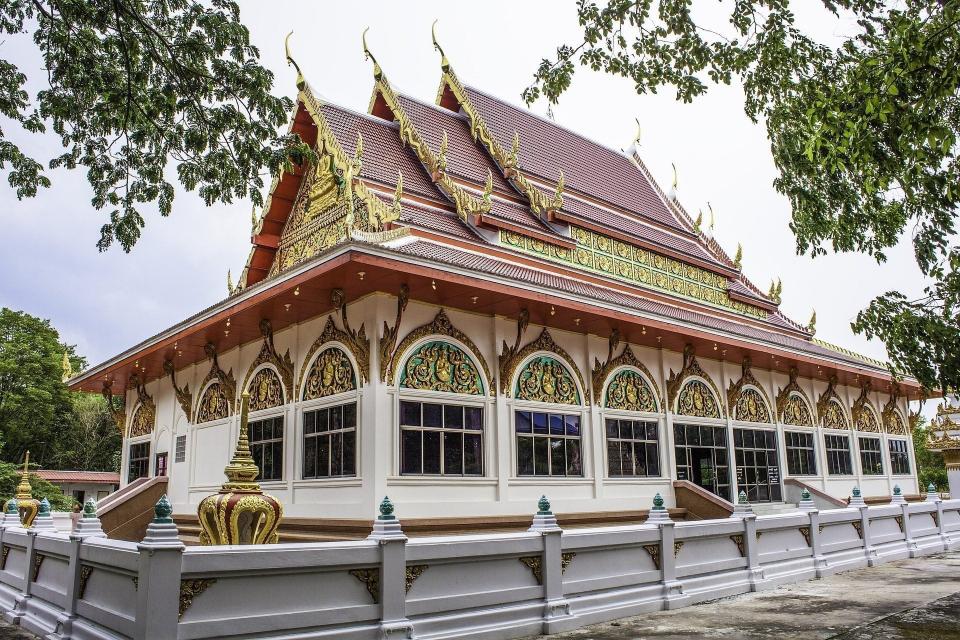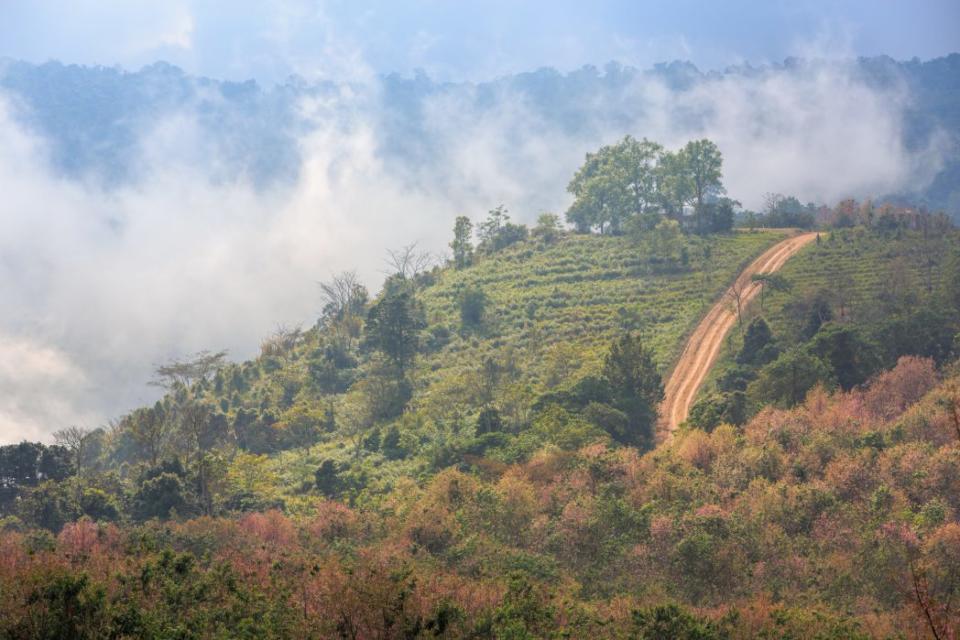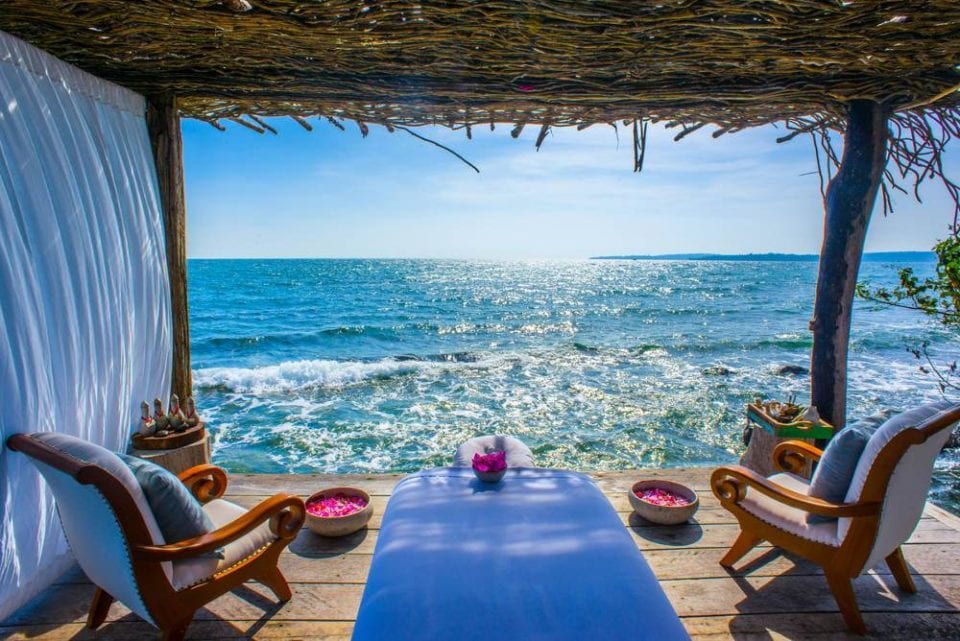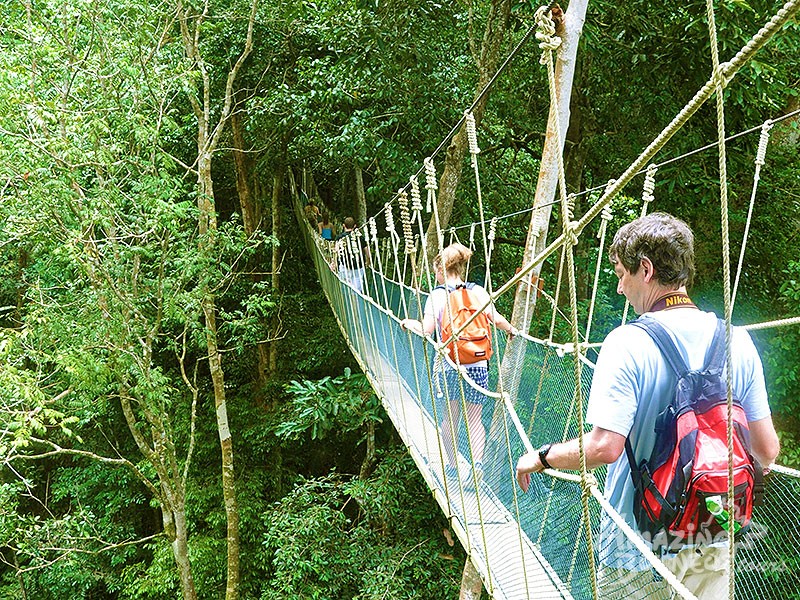Vietnam Classic
Saigon, Phan Thiet, Hoi An, Hue, Halong, Hanoi
From $2538 AUD pp (2 pax)
Sightseeing in Hanoi Although it is the modern-day capital of Vietnam, Hanoi still retains the mystery and charm of past centuries. Narrow lanes and traditional shop houses invite an exciting exploration by walking, while it’s many beautiful public spaces; lakes, parks, tree-lined boulevards and monuments; give the city an air of elegance and harmony with nature unique among Asian capitals.
Visit the Temple of Literature The Temple of Literature has a peaceful series of walled courtyards and graceful gateways, and this monument is one of the best-preserved examples of traditional Vietnamese architecture. Founded in 1070 and dedicated to Confucius, this was also the site of Vietnam’s first university. In one courtyard, giant stone tortoises bear stele on their backs, listing the accomplishments of graduating scholars.
Visit Presidential Palace, Ho Chi Minh Stilt House and One Pillar Pagoda View the outside of the Presidential Palace then stroll through the park to the Ho Chi Minh Stilt House where Ho Chi Minh lived from 1958 until his final days in 1969. This simple two-room dwelling has been preserved in the same condition as during his life, and can be viewed through the windows. Continue to the miniature 11th century One Pillar Pagoda which was rebuilt after being destroyed by the French in 1954.
Sightseeing around Hanoi city centre with electric car Hanoi is a blend of long established traditions and modern imprints of Western colonization. Tree-lined boulevards and colonial buildings give the city a touch of Western elegance, while crowded blocks of tiny old houses and narrow lanes full of daily life bear the charms of the past centuries. Take 60 minutes ride on an electric car through Quan Su Pagoda, Silk Road, Hanoi Railway Station and Hoa Lo Prison then Hanoi Opera House.
Foodies afoot in Hanoi Enjoy a taste of local Hanoian life as you explore a local market and some of the city’s best street food stalls. Meet your guide at the bustling Hom market, one of the biggest and most popular markets in Hanoi. Wander through the narrow alleyways passing colourful stalls piled high with a vast array of fruit, vegetables, sweets and elaborate temple offerings. Take photos of the vibrant colours and breathe in the aromas of the tropical fruits. If you’re feeling brave, venture to the exotic section to see kicking frogs, silkworms and wriggling eels. The entire market is alive with the buzz and excitement of the locals bartering and haggling for the freshest ingredients at the best prices. Your guide will take you to popular street food stalls where you can sample some of the city’s signature dishes. Stop at a local coffee shop to taste this rich and flavourful drink then continue your culinary exploration with a stroll through the maze of bustling streets that make up the Old Quarter of Hanoi. Join the locals and pull up a plastic stool at a pavement stall to try Vietnamese snacks and a cup of iced tea, followed by a sweet dessert of fresh fruit and condensed milk. End the tour with a cold draught beer at a sidewalk stall popular with locals.
Excursion by boat through Halong Bay Board the charming traditional wooden junk for a cruise through the Bay and en-route lunch will be served. Following lunch witness rock formations with names like Stone Dog, Incense Burner (Dinh Huong), and Fighting Cock (Ga Choi). At the core of the islets, there is an enchanting cave to visit thusly named Surprise Cave (Sung Sot), after that stop at Titov Island. Sail past floating villages, fishermen casting their nets and pearl fisheries and observe the rhythms of daily life on the bay.
Sightseeing in Hoi An with a boat trip on the Thu Bon River The exquisitely preserved merchant town of Hoi An was declared a Unesco World Heritage Site in 1999. Its colourful shop houses and temples reflect a diverse heritage, dating back to the 16th and 17th century, when it was a major port for Western, Chinese and Japanese traders. Today it is a thriving centre of traditional crafts and a shoppers’ paradise, best explored on foot. Wander through the cobbled streets, past low tile-roofed buildings, the bustling central market and the small harbour where colourfully painted boats are moored. The walking tour will include visits to a private house, where members of the same family have lived continuously for centuries in a traditional setting; to one of the family chapels built by prominent merchant or official families as centres for ancestor worship; and to a typical Chinese-style Pagoda or assembly hall. Finally, continue to the famous Japanese Covered Bridge, first constructed in 1593 by the Japanese community of Hoi An to link the town with the Chinese quarters across the stream. In the afternoon, board a local boat and cruise down the Thu Bon River, enjoying the unspoiled countryside and stopping to visit a pottery village and before returning to Hoi An harbour.
Visit the Imperial Citadel Located in the heart of Hue is the Imperial Citadel, a vast complex built in the early 19th century and modelled after the Forbidden City of Peking. The original walls stretched for 10 km and were surrounded by a wide moat. Today, most of the buildings have been destroyed due to bombing during the Vietnam-American War, but the monuments that remain provide a fascinating glimpse into the court life of the Nguyen Dynasty. Approach the city past the striking Flag Tower, where a giant Vietnamese flag waves proudly overhead, to the imposing Ngo Mon Gate, the main entrance to the Imperial Enclosure. Enter into an area of spacious courtyards and serene lotus ponds, and visit Dien Tho Residence (Dien Tho palace) where the Queen mother lived, visit Thai Hoa Palace, the magnificently decorated reception hall, the Halls of the Mandarins, and the original Nine Dynastic Urns, among other sites, including a visit to the Hue Royal Antiquities Museum.
Visit the Imperial Tomb of Emperor Khai Dinh Khai Dinh was the last monument of the Nguyen dynasty and was constructed between 1920 and 1931. It sits magnificently on the slopes of Chau E Mountain in Chau Chau Village. It has a long staircase flanked by dragons. There are ceiling murals and ceramic frescoes.
Thuy Bieu village with Cooking Class Pick you up at Toa Kham Wharf, then visit Thien Mu pagoda – a historic temple, the symbol of Hue city. Back to the boat for a scenic cruise to Thuy Bieu Eco-village for cooking class. Go to Thuy Bieu local market (located near Thuy Bieu village), take time to stroll around and buy necessary foods for cooking class with chef. Prepare lunch (or dinner) by yourself under the instruction of our chief. After your practical class, it’s time to taste the Hue traditional dishes that you have prepared and our chef will be able to give his feedback on your own chef skills. Then, spend 2 hours to stroll or bike around peaceful village. Relax by steeping your foot in medicinal herb water, a traditional therapeutic practice and enjoy therapeutic massage by the blind people.
Excursion to Cu Chi Tunnels Never discovered by American forces, the Cu Chi Tunnels were an important Vietcong base during the American War. Stretching over 200 km, this incredible underground network, dug by hand out of hard laterite, connected command posts, hospitals, shelter and weapons factories. Today, walk through the area and learn about the day to day life of the Vietcong, bear witness to the cleverly disguised entrances and elaborate booby-traps, and even venture inside the tunnels, some of which have been modified to accommodate tourists.
Dinner cruise aboard the Bonsai Cruise In the evening board the traditional wooden barge and start cruising along the Saigon River. Enjoy a delicious international buffet while watching the live entertainment and the passing scenery.
A Day in the Mekong Delta From Saigon, drive into the heart of the Mekong Delta the small town of Cai Be with an elegant Neo-Romanesque Cathedral at the town centre recalling the presence of the French colonialists back in the 19th century. Embark on one of the local boats to explore the riverside village in which local families are running age-old cottage industries. Pay them a visit and see how the delta residents make traditional treats including dried longans, rice pancakes and puffed rice candies, a chance to sample these local delicacies. Continue the trip across a main flow of the mighty Mekong then follow narrow waterways through peaceful lush green orchards and also lively scenes of well inhabited canals. Return to Saigon.
Sightseeing in Saigon A vibrant metropolis, Saigon teems with energy, activity and motion. Everywhere you look, you see the convergence of traditional and modern life. Begin the trip into modern history with a tour of the Reunification Palace. Formerly the Independence Palace of the South Vietnamese president, this 60s style building was famously stormed by tanks on April 30, 1975 signifying the fall of South Vietnam. It has been preserved in its original state, and the original tanks remain on display near the entrance gates.
Afterwards, drive to the historic centre to visit the Emperor of Jade Pagoda, one of Saigon’s most interesting pagodas. Proceed to pay a quick visit to the neo-Romanesque Notre Dame Cathedral and the Central Post Office. Pass by the classic European-style landmarks such as the ornate City Hall (Hotel De Ville), the old Opera House (both may only be viewed from the outside). Finally, end up at the central Ben Thanh Market, where vendors display a vast array of goods and handicrafts, appealing to every taste.







